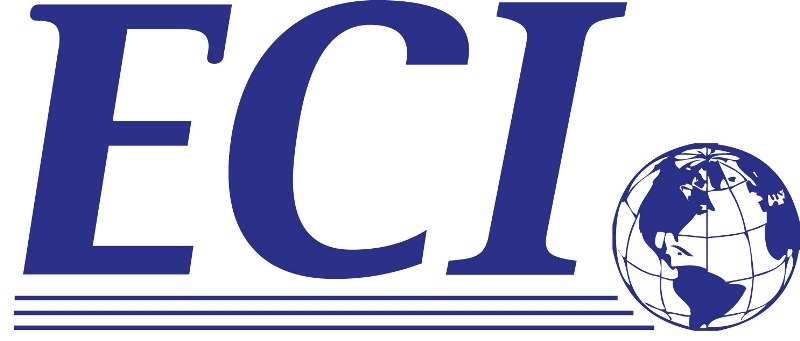
Ultra-High Temperature Ceramics: Materials for Extreme Environment Applications An ECI Conference
UHTC-V
Categories
- Mechanical Engineering
- Aerospace Engineering
- Engineering
- Space Engineering
- Electrical Engineering
- Chemical Engineering
- Civil Engineering
- Systems Engineering
- Automotive Engineering
- Industrial Engineering
- Mechanics
- Robotics
- Materials, Structures, Manufacturing
- Experiments-Measurements
- Numerical Engineering
- Transportation Engineering
- Coastal Engineering
- Hydro Engineering
- Sport Engineering
- Metallurgical Engineering
- Waste engineering
- Fuel Technology
- Tribotechnology
- Mining Engineering
- Energy Engineering
- Environment
- Nanotechnology
- Engines
- Atmospheric sciences
- Bio Engineering
- Safety and Security
- Marine
- Mechatronics
Date of beginning
Sunday, 07 June 2020Duration
4 daysDeadline for abstracts
Thursday, 30 April 2020City
Snowbird, UtahCountry
United StatesContact
Noel Parsons JrExpected participants
300Memo
Ultra-High Temperature Ceramics are a family of compounds that display a unique set of properties, including extremely high melting temperatures (>3000°C), high hardness and good chemical stability and strength at high temperatures. UHTC materials are typically considered to be the carbides, nitrides, and borides of the transition metals, but the Group IV compounds (Ti, Zr, Hf) plus TaC are generally considered to be the main focus of research due to the superior melting temperatures and stable high-melting temperature oxide that forms in situ. The combination of properties make these materials potential candidates for a variety of high-temperature structural applications, including engines, high-speed vehicles, plasma arc electrodes, advanced nuclear fuels, fusion first walls and divertors, cutting tools, furnace elements and high temperature shielding. The development of structural materials for use in oxidizing and rapid heating environments at temperatures above 1600°C is therefore of great engineering importance. For the past two decades researchers have built on a resurgence in exploration of UHTCs and have expanded the scope of engineering and design using these novel materials. Topics such as incorporating UHTCs in fiber reinforced composites; investigating unique high entropy carbides and borides, and expanding the field of MAX phases have all led to new developments. The purpose of this meeting is to thus bring together interested parties from academia, government and industry in a single forum that allows the bench researchers to interact with designers and engineers to discuss state-of-the-art research and development efforts, what the results mean in a broader context and how to move the technology forward toward near-term and longer term use. Outline Interest in high temperature ceramic phases has been growing in recent years, with significant ongoing research programs in many countries across the world. This has occurred because the conditions in which materials are required to operate are becoming ever more challenging as operating temperatures and pressures are increasing in all areas of manufacture, energy generation, transport and environmental clean-up. Often extreme temperatures are combined with severe chemical environments and exposure to high energy and, in the nuclear industry, to ionizing radiation. The production and processing of next-generation materials capable of operating in these conditions is non-trivial, especially at the scale required in many of these applications. In some cases, totally new compositions, processing and joining strategies have to be developed. The need for long-term reliability in many components means that defects introduced during processing will need to be kept to an absolute minimum or defect-tolerant systems developed, e.g. via fiber reinforcement. Modelling techniques that link different length and time scales to define the materials chemistry, microstructure and processing strategy are key to speeding up the development of these next-generation materials. Further, they will not function in isolation but as part of a system. It is the behavior of the latter that is crucial, so that interactions between different materials, the joining processes, the behavior of the different parts under extreme conditions and how they can be made to work together, must be understood. This conference seeks to bring together the entire community – processing and oxidation bench scientists, designers, engineers and users of these materials under one roof to present on and discuss emerging and state of the art UHTC processing, evaluation, and implementation techniques.

